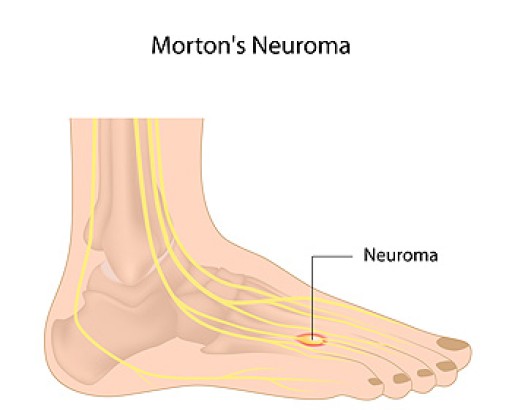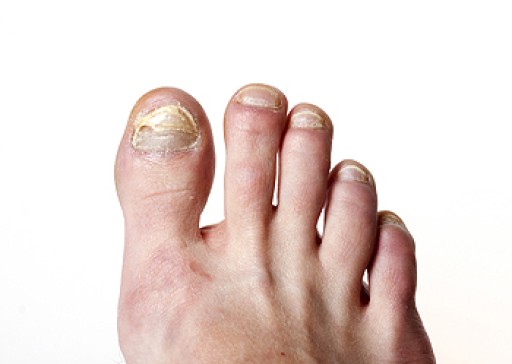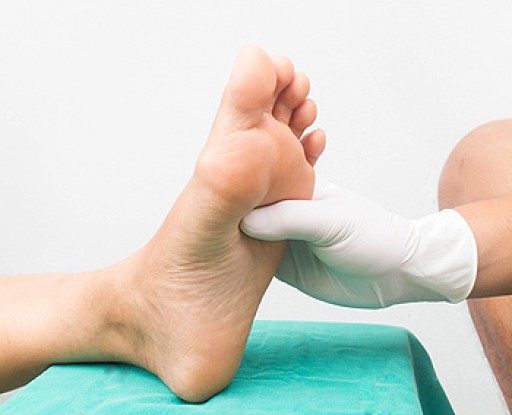The function of the ankle is to connect the foot with the leg. Ankle pain can occur after incurring an injury and this can cause severe pain and discomfort. Intense pain can be a result of torn ligaments that link the bones together. Some patients even experience nighttime ankle pain, which can come from bruising and swelling. Existing medical conditions, such as peripheral neuropathy, can possibly be a factor in developing ankle pain at night. This ailment can cause numbness and tingling sensations, and it can be difficult to walk. Additionally, a pinched nerve inside the heel or ankle may contribute significantly to severe ankle pain. Mild relief may be felt when the feet are elevated while sleeping, and it often helps to wear shoes that fit correctly. Ankle pain can be bothersome regardless of its source. It is suggested that you consult with a podiatrist who can effectively diagnose and treat ankle pain.
Ankle pain can be caused by a number of problems and may be potentially serious. If you have ankle pain, consult with one of our podiatrists from Illinois . Our doctors will assess your condition and provide you with quality foot and ankle treatment.
Ankle pain is any condition that causes pain in the ankle. Due to the fact that the ankle consists of tendons, muscles, bones, and ligaments, ankle pain can come from a number of different conditions.
Causes
The most common causes of ankle pain include:
- Types of arthritis (rheumatoid, osteoarthritis, and gout)
- Ankle sprains
- Broken ankles
- Achilles tendonitis
- Achilles tendon rupture
- Stress fractures
- Bursitis
- Tarsal tunnel syndrome
- Plantar fasciitis
Symptoms
Symptoms of ankle injury vary based upon the condition. Pain may include general pain and discomfort, swelling, aching, redness, bruising, burning or stabbing sensations, and/or loss of sensation.
Diagnosis
Due to the wide variety of potential causes of ankle pain, podiatrists will utilize a number of different methods to properly diagnose ankle pain. This can include asking for personal and family medical histories and of any recent injuries. Further diagnosis may include sensation tests, a physical examination, and potentially x-rays or other imaging tests.
Treatment
Just as the range of causes varies widely, so do treatments. Some more common treatments are rest, ice packs, keeping pressure off the foot, orthotics and braces, medication for inflammation and pain, and surgery.
If you have any questions, please feel free to contact our offices located in Wheeling and Berwyn, IL . We offer the newest diagnostic and treatment technologies for all your foot care needs.













